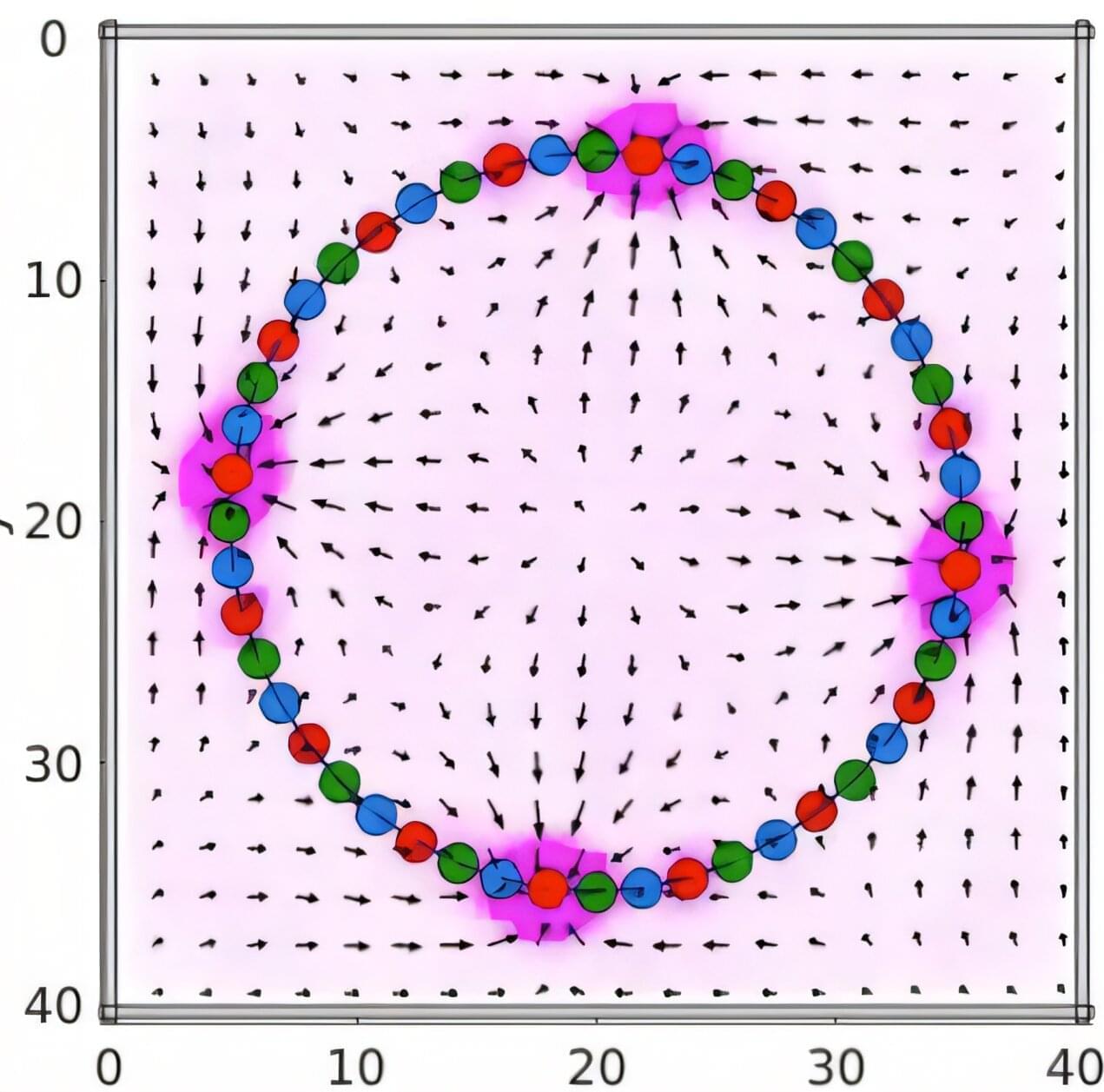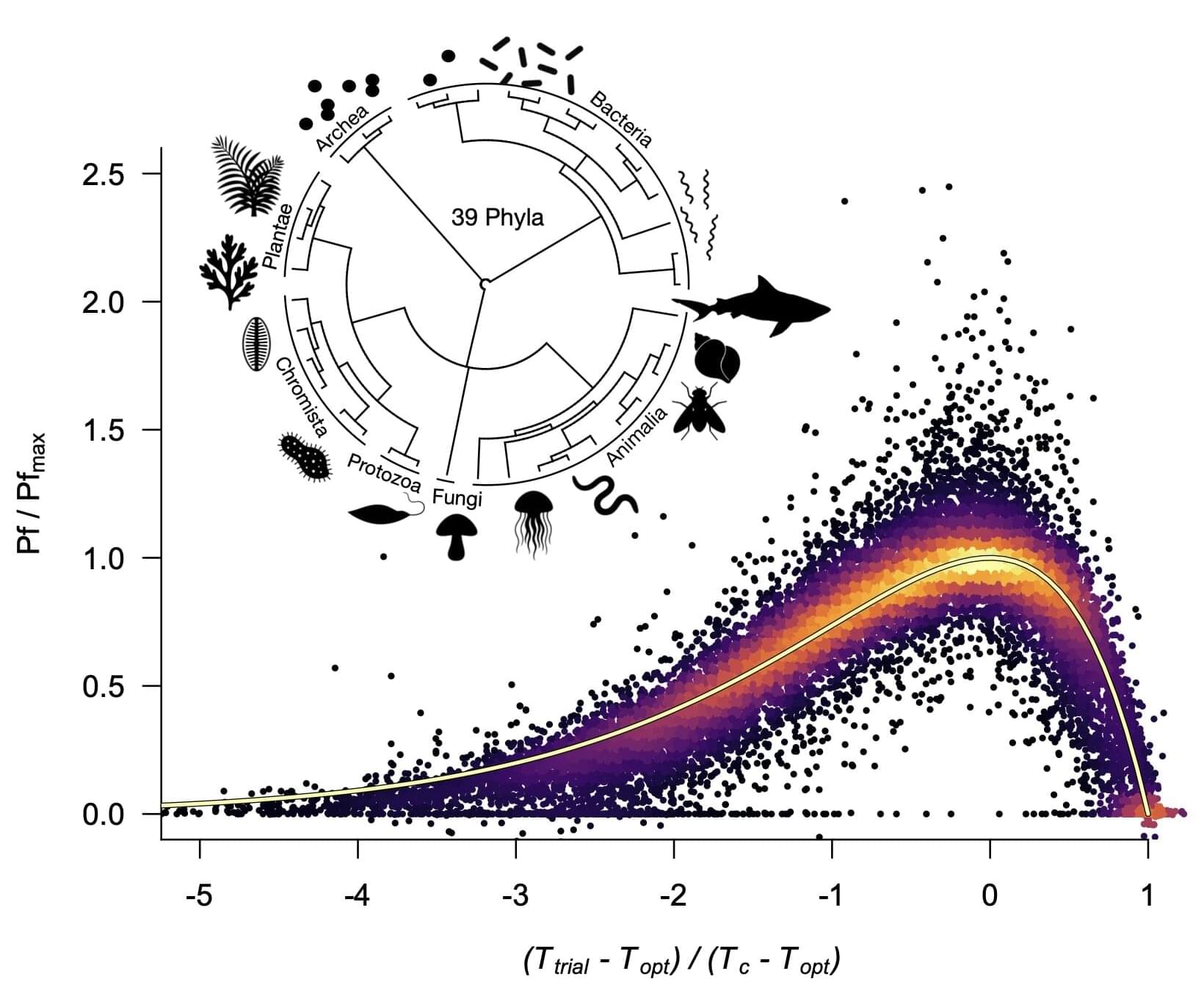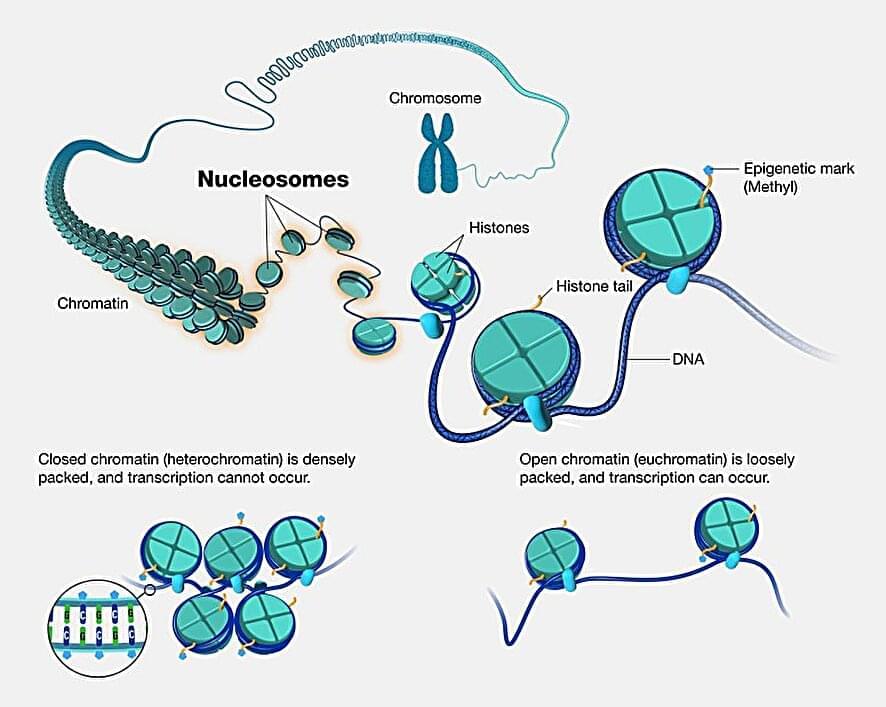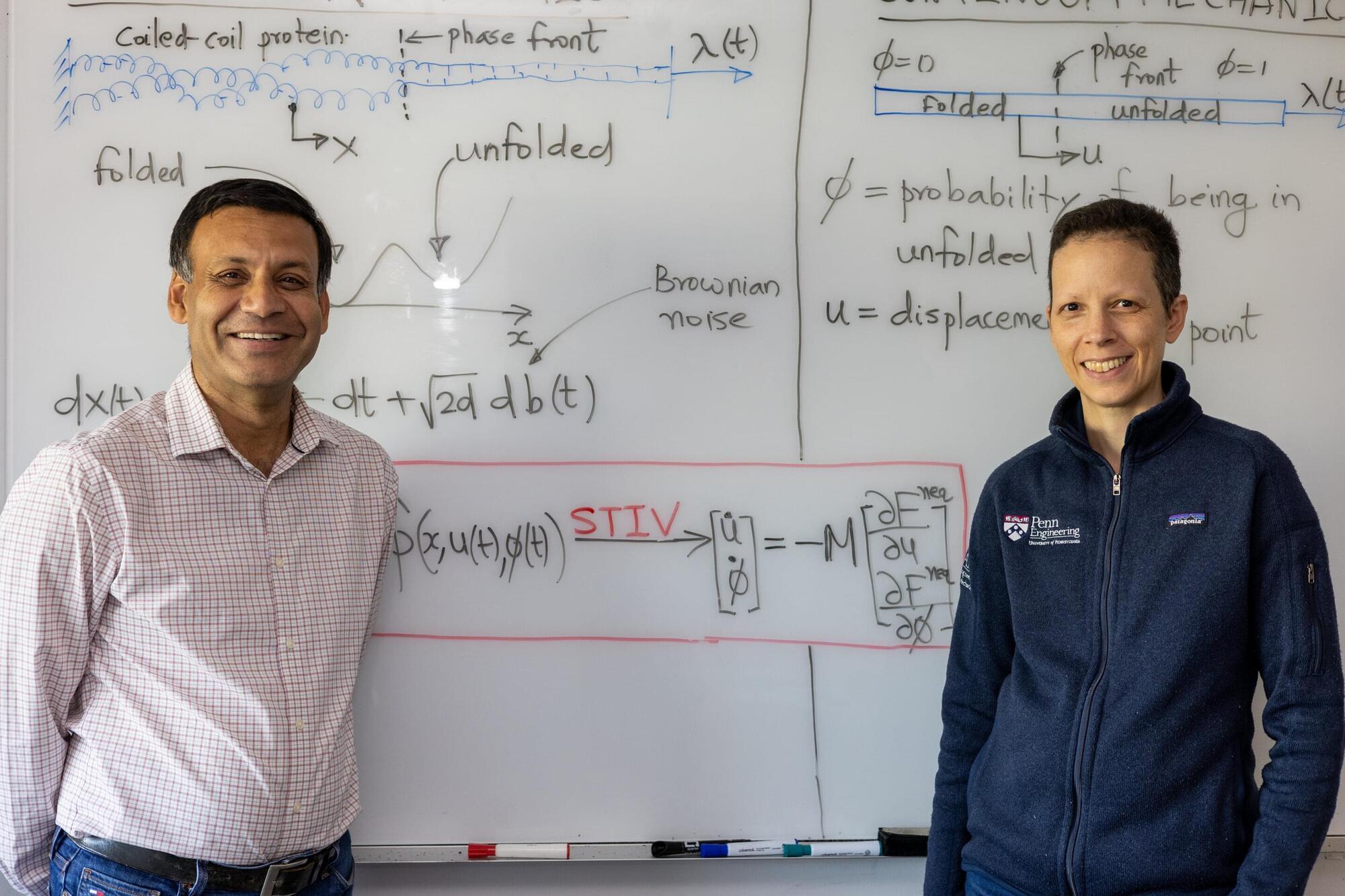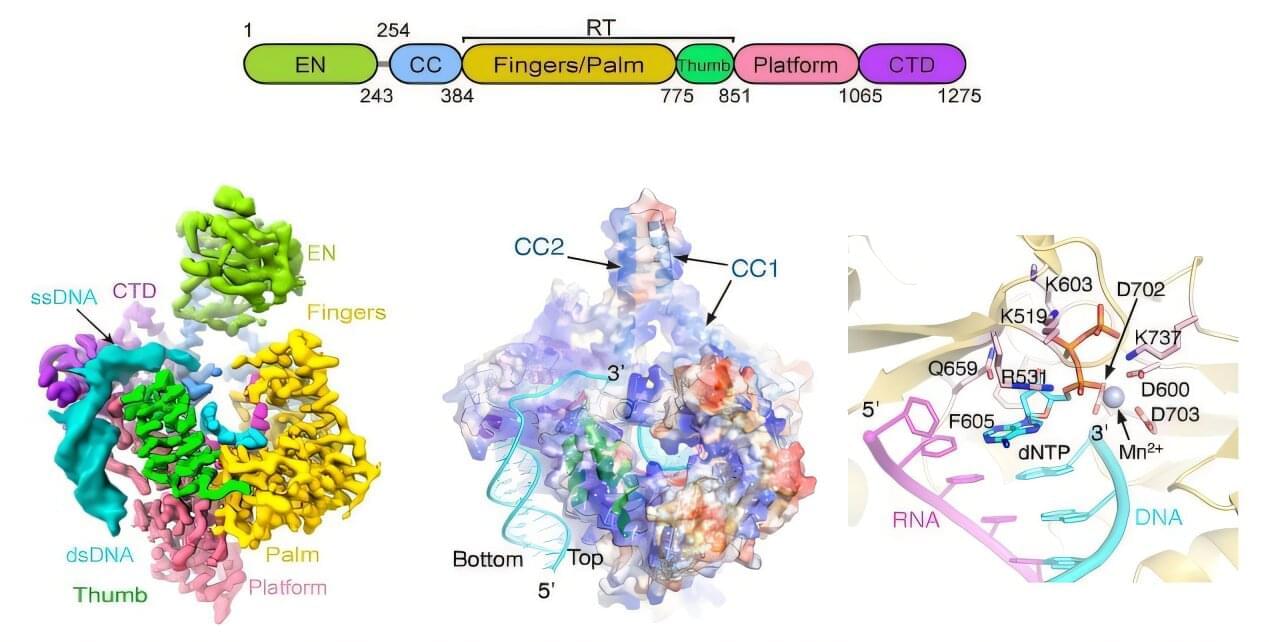Grid cells are a class of specialized neurons in a brain region called the entorhinal cortex, which is known to support spatial navigation and some memory processes. Past neuroscience studies have found that as humans and other animals move in their surroundings, these cells fire following a grid-like pattern, creating a sort of internal map of the environment.
Researchers at the Medical Faculty of Heidelberg University, the German Cancer Research Center and EBRI recently carried out a study aimed at shedding new light on the processes via which grid cells encode an animal’s position in space and contribute to spatial navigation. Their findings, published in Nature Neuroscience, suggest that rather than creating and retaining a single global map, these cells produce multiple local maps that can guide the future behavior of animals in their surrounding space.
“Soon after the discovery of grid cells by the group of May-Britt and Edvard Moser, it was proposed that these neurons might support path integration,” Kevin Allen, senior author of the paper, told Medical Xpress. “In this fundamental navigation process, an animal estimates its position by continuously integrating self-motion cues, even in the absence of external landmarks. However, most previous studies of grid cells were conducted in environments rich in external cues, making it difficult to isolate the path-integration processes.”




